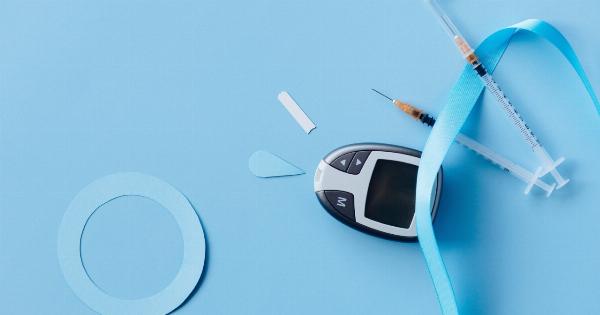High blood pressure and high cholesterol are two of the most common health problems affecting millions of people globally. Both these conditions can lead to severe cardiovascular diseases such as heart attack, stroke, and even death.
The World Health Organization (WHO) reports that high blood pressure and cholesterol cause 17.9 million deaths worldwide each year. Fortunately, the medical community found a way to tackle both problems with one solution – the all-in-one tablet.
What are all-in-one tablets?
All-in-one tablets, also known as combination tablets, are drugs that contain two or more active ingredients. This unique formulation allows the medication to target multiple health conditions at once.
Combination tablets come in different forms such as tablets, capsules, or syrups and are prescribed based on the severity of the condition.
Doctors prescribe combination tablets in various treatment strategies for different health conditions. The use of an all-in-one tablet is a practical and cost-effective way of treating numerous health issues.
How combination tablets help lower blood pressure and cholesterol
The most popular type of all-in-one tablet is the combination drug used to lower blood pressure and cholesterol. This medication contains antihypertensive and lipid-lowering drugs.
The principle behind the use of these medications is to reduce blood pressure and cholesterol levels simultaneously.
The lipid-lowering drug or statin aims to lower the level of cholesterol present in the bloodstream. It works by reducing the production of cholesterol by the liver.
Cholesterol is a type of fat that travels through our bloodstream and plays a vital role in the formation of cell membranes. However, excess cholesterol can build up in the walls of our arteries, leading to the formation of plaque and eventually causing heart disease or stroke.
The antihypertensive drug, on the other hand, is designed to reduce blood pressure by dilating blood vessels. It also works by reducing the amount of fluid present in the blood vessel.
Blood pressure is the force that the blood exerts on the walls of our blood vessels. High blood pressure can cause damage to our arteries, weakening them and making them prone to rupture, which can lead to life-threatening medical emergencies.
By using a combination of an antihypertensive and lipid-lowering drug, patients can expect to see a reduction in their blood pressure and cholesterol levels. It’s an effective way of reducing the risk of life-threatening cardiovascular disease.
Benefits of an all-in-one tablet
Combination tablets are beneficial for both the patient and the healthcare provider. Some of the listed benefits include:.
- Improved medication adherence: Combination tablets help reduce the number of pills that a patient needs. Since it’s challenging to manage multiple medications at once, an all-in-one tablet is a reasonable option for patients taking medication for hypertension and cholesterol.
- Cost-effective: Combination tablets cost less than buying individual medications for hypertension and cholesterol.
- Simplicity: Combination tablets are more accessible to manage as it’s easier to keep track of one medication than multiple drugs.
- Target multiple health conditions at once: Combination tablets help manage and prevent two common causes of cardiovascular disease – hypertension and high cholesterol.
Side effects of all-in-one tablets
All medications come with potential side effects. Patients taking all-in-one tablets may experience one or more of the following side effects:.
- Drowsiness or fatigue
- Indigestion or gastric upset
- Dizziness or lightheadedness
- Nausea
- Diarrhea or constipation
- Joint pain
- Recurrent infections
- Headache
Patient’s response to medication is different. Hence, some people may not encounter side effects while others may experience many. It’s essential to consult a doctor if you experience any adverse side effects.
Conclusion
The all-in-one tablet is a revolutionary medication that’s become more popular in the treatment of hypertension and high cholesterol. Combination tablets target two common health issues, reducing the need for multiple medications.
It’s cost-effective, improves medication adherence, and provides simplicity in managing medication schedules.
However, side effects may occur. It’s essential to consult a doctor if you experience adverse effects.
In conclusion, the all-in-one tablet is a practical and viable option for treating hypertension and high cholesterol, reducing the risks of cardiovascular diseases such as heart attacks and stroke.






























